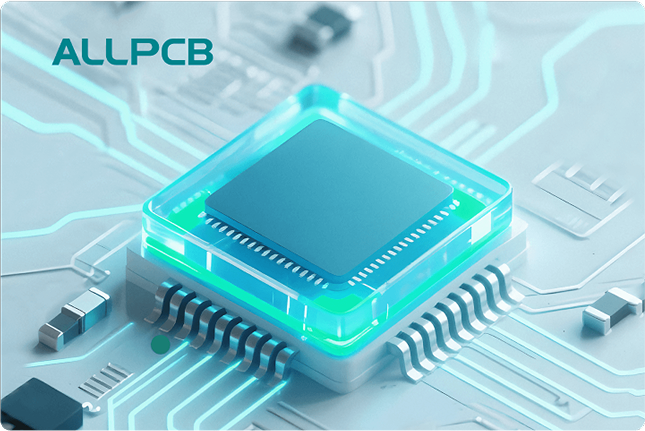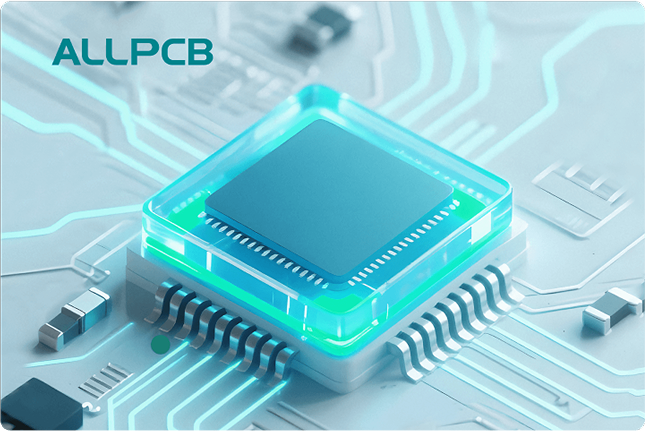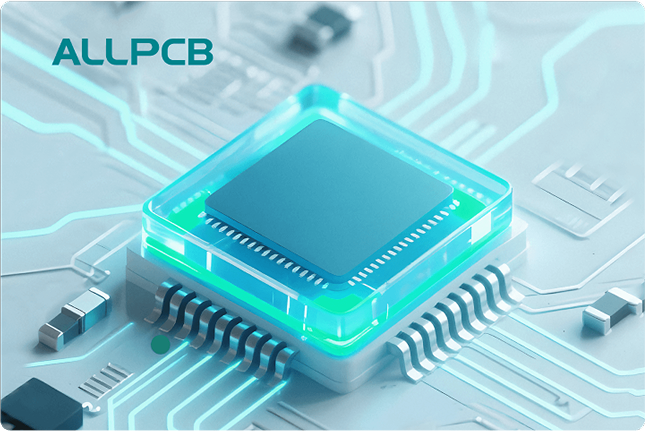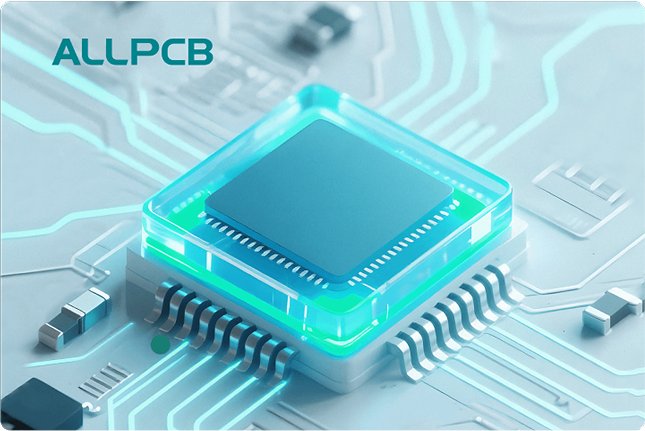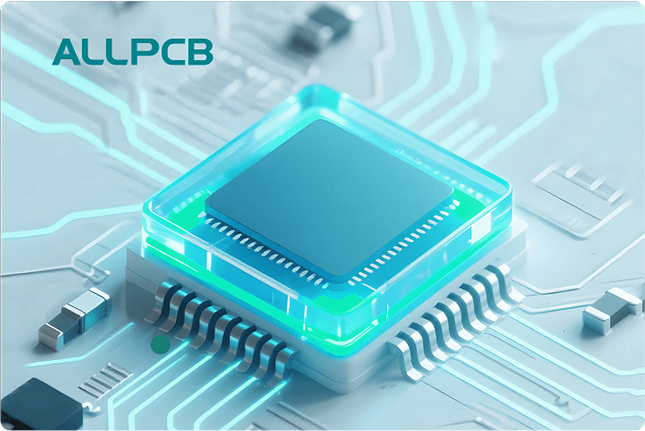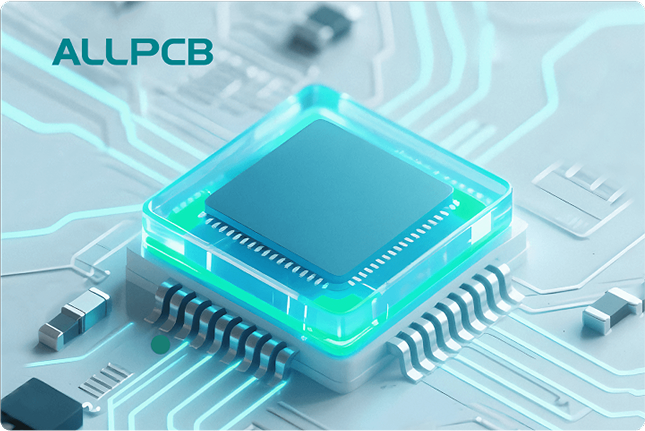If you're an engineer facing issues with Printed Circuit Board Assemblies (PCBA), you're not alone. PCBA troubleshooting can feel like a nightmare, but with the right approach, tools, and techniques, you can identify and fix problems efficiently. This guide offers a clear roadmap for tackling common PCBA issues, using fault-finding methods, and applying repair tips to get your projects back on track. Whether you're dealing with signal integrity problems or component failures, we've got you covered with actionable advice.
In this comprehensive blog, we'll dive deep into a PCBA troubleshooting guide, explore PCBA fault finding techniques, share PCBA repair tips, highlight common PCBA issues, and discuss essential PCBA diagnostic tools. Let's turn those nightmares into manageable challenges.
Why PCBA Troubleshooting Matters
PCBA issues can halt production, delay projects, and increase costs. A single fault in a circuit board can cause an entire system to malfunction, whether it's a consumer gadget or an industrial machine. For engineers, mastering troubleshooting is not just about fixing a problem—it's about ensuring reliability, maintaining quality, and saving time. With the complexity of modern electronics, where boards often contain hundreds of components packed into tight spaces, pinpointing faults requires a systematic approach.
By learning effective troubleshooting methods, you can reduce downtime and prevent small issues from becoming major failures. Let's start by understanding the most frequent problems you might encounter.
Common PCBA Issues: What to Watch For
Before diving into solutions, it's crucial to recognize the typical problems that plague PCBAs. Identifying the root cause is half the battle in troubleshooting. Here are some of the most common PCBA issues engineers face:
- Short Circuits: These occur when unintended connections form between traces or components, often due to solder bridges or damaged insulation. Shorts can cause overheating or complete system failure.
- Open Circuits: An open circuit happens when a connection is broken, often due to cracked traces, poor soldering, or component failure. This can lead to loss of functionality in specific parts of the board.
- Component Failures: Burnt-out resistors, capacitors, or ICs can disrupt the board's performance. For example, a failed capacitor might cause voltage fluctuations beyond the acceptable range of 5-10%.
- Signal Integrity Problems: High-speed designs can suffer from crosstalk or reflections if traces aren't impedance-matched (typically targeting 50 ohms for many digital signals). This can result in data errors or noise.
- Soldering Defects: Cold solder joints or insufficient solder can lead to intermittent connections, causing erratic behavior in the circuit.
Step-by-Step PCBA Troubleshooting Guide
Troubleshooting a PCBA doesn't have to be overwhelming if you follow a structured process. This PCBA troubleshooting guide breaks down the steps to help you systematically diagnose and resolve issues.
Step 1: Visual Inspection
Start with a thorough visual check of the board. Look for obvious signs of damage such as burnt components, bulging capacitors, or cracked traces. Use a magnifying glass or a microscope for smaller boards with fine-pitch components. Pay attention to solder joints—dull or uneven solder often indicates a cold joint.
Step 2: Power Supply Check
Verify that the board is receiving the correct voltage and current. Use a multimeter to measure input voltage at key points. For instance, if a board requires 3.3V, ensure the supply is within a tolerance of ±0.1V. Incorrect power levels can cause components to malfunction or fail.
Step 3: Test for Continuity
Use a multimeter in continuity mode to check for open or short circuits. Test between traces and pads to confirm connections match the schematic. If you find a short, trace it back to identify potential solder bridges or damaged areas.
Step 4: Functional Testing
Power up the board and observe its behavior. Does it perform as expected? Use an oscilloscope to monitor signal integrity at critical points. For high-speed signals, check for overshoot or ringing, which might indicate impedance mismatches or poor termination (common in designs exceeding 100 MHz).
Step 5: Isolate the Faulty Area
If the board isn't functioning correctly, narrow down the problem area by testing individual sections. For example, if a microcontroller isn't responding, check its clock signal and reset line first. Isolate subsystems to focus your efforts on the faulty circuit.
PCBA Fault Finding Techniques: Digging Deeper
Once you've identified that a problem exists, the next step is to apply advanced PCBA fault finding techniques to locate and understand the issue. These methods go beyond basic visual checks and require a mix of tools and expertise.
Thermal Imaging for Hot Spots
A thermal camera can reveal overheating components or areas with excessive current draw. For instance, a resistor dissipating more than its rated 0.25W might show up as a hot spot, indicating a potential short or overload.
Signal Tracing with Oscilloscopes
For issues related to data or timing, use an oscilloscope to trace signals through the circuit. Compare observed waveforms to expected ones based on the design. If a digital signal has a rise time slower than 2ns when it should be under 1ns, there might be excessive capacitance or a faulty driver.
In-Circuit Testing (ICT)
ICT involves using a bed-of-nails tester to check the electrical performance of individual components without removing them from the board. This method is highly effective for detecting faulty resistors, capacitors, or diodes in production environments.
Divide and Conquer Approach
Split the board into functional blocks and test each one independently. If a power supply module is suspected, measure its output before moving to downstream circuits. This technique helps isolate faults without overwhelming you with the entire board's complexity.
PCBA Repair Tips: Fixing the Problem
After diagnosing the issue, it's time to apply practical PCBA repair tips to resolve it. Repairs must be done carefully to avoid further damage to the board or surrounding components.
Resoldering Faulty Joints
For cold or broken solder joints, use a soldering iron with a fine tip (around 1mm) and apply fresh solder. Ensure the joint is shiny and smooth, indicating a good connection. Avoid overheating components by limiting soldering time to 2-3 seconds per joint.
Replacing Damaged Components
If a component is burnt or faulty, desolder it using a desoldering pump or wick, then replace it with an identical part. Double-check the part's specifications—replacing a 10uF capacitor with a 1uF one could disrupt circuit behavior.
Repairing Traces
For broken traces, use a conductive pen or thin wire to bridge the gap. Secure the repair with epoxy for durability. Ensure the repaired trace can handle the expected current, typically calculated using the formula: Current (A) = Trace Width (mm) x 0.015 for standard copper thickness.
Testing After Repair
After any repair, retest the board to confirm the fix. Measure voltages, check signals, and run functional tests to ensure the issue is resolved and no new problems have been introduced.
Essential PCBA Diagnostic Tools for Engineers
Having the right PCBA diagnostic tools can make troubleshooting faster and more accurate. Here's a list of must-have equipment for any engineer's toolkit:
- Multimeter: Measures voltage, current, and resistance. Essential for checking power levels and continuity. Look for models with a resolution of 0.01V for precision.
- Oscilloscope: Analyzes signal behavior over time. Choose one with at least 100 MHz bandwidth for most modern designs.
- Thermal Camera: Detects overheating components by visualizing temperature differences. Useful for identifying shorts or failing parts.
- LCR Meter: Measures inductance, capacitance, and resistance of components in-circuit, helping diagnose faulty passives.
- Magnifying Tools: A magnifying glass or digital microscope helps inspect tiny components and solder joints on densely packed boards.
Preventing Future PCBA Nightmares
While troubleshooting is essential, preventing issues in the first place is even better. Here are some tips to minimize future PCBA problems:
- Design for Manufacturability (DFM): Ensure your board layout accounts for manufacturing tolerances, with adequate spacing (at least 0.2mm) between traces to avoid shorts.
- Thorough Testing: Implement automated optical inspection (AOI) and functional testing during production to catch defects early.
- Quality Components: Use components from reliable sources to avoid failures due to counterfeit or substandard parts.
- Proper Handling: Store and handle PCBAs in anti-static environments to prevent electrostatic discharge (ESD) damage.
Conclusion: Mastering PCBA Troubleshooting
Troubleshooting PCBA issues doesn't have to be a nightmare. By following a structured PCBA troubleshooting guide, applying effective PCBA fault finding techniques, using practical PCBA repair tips, understanding common PCBA issues, and equipping yourself with the right PCBA diagnostic tools, you can tackle any challenge with confidence. Whether it's a short circuit, a failed component, or a signal integrity problem, the steps and tools outlined in this guide will help you diagnose and fix issues efficiently.
At ALLPCB, we understand the importance of reliable circuit boards and are committed to supporting engineers with resources and expertise. Keep this guide handy for your next troubleshooting task, and turn those PCBA nightmares into success stories.
 ALLPCB
ALLPCB


